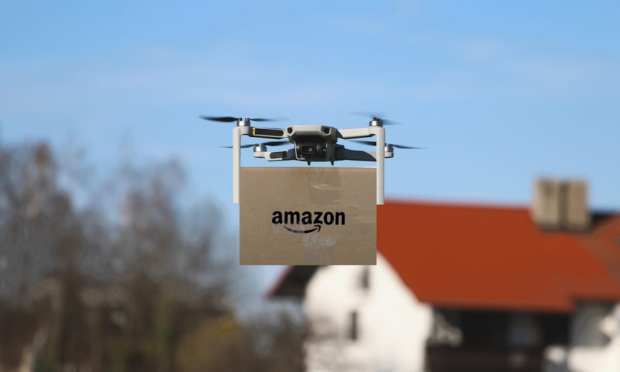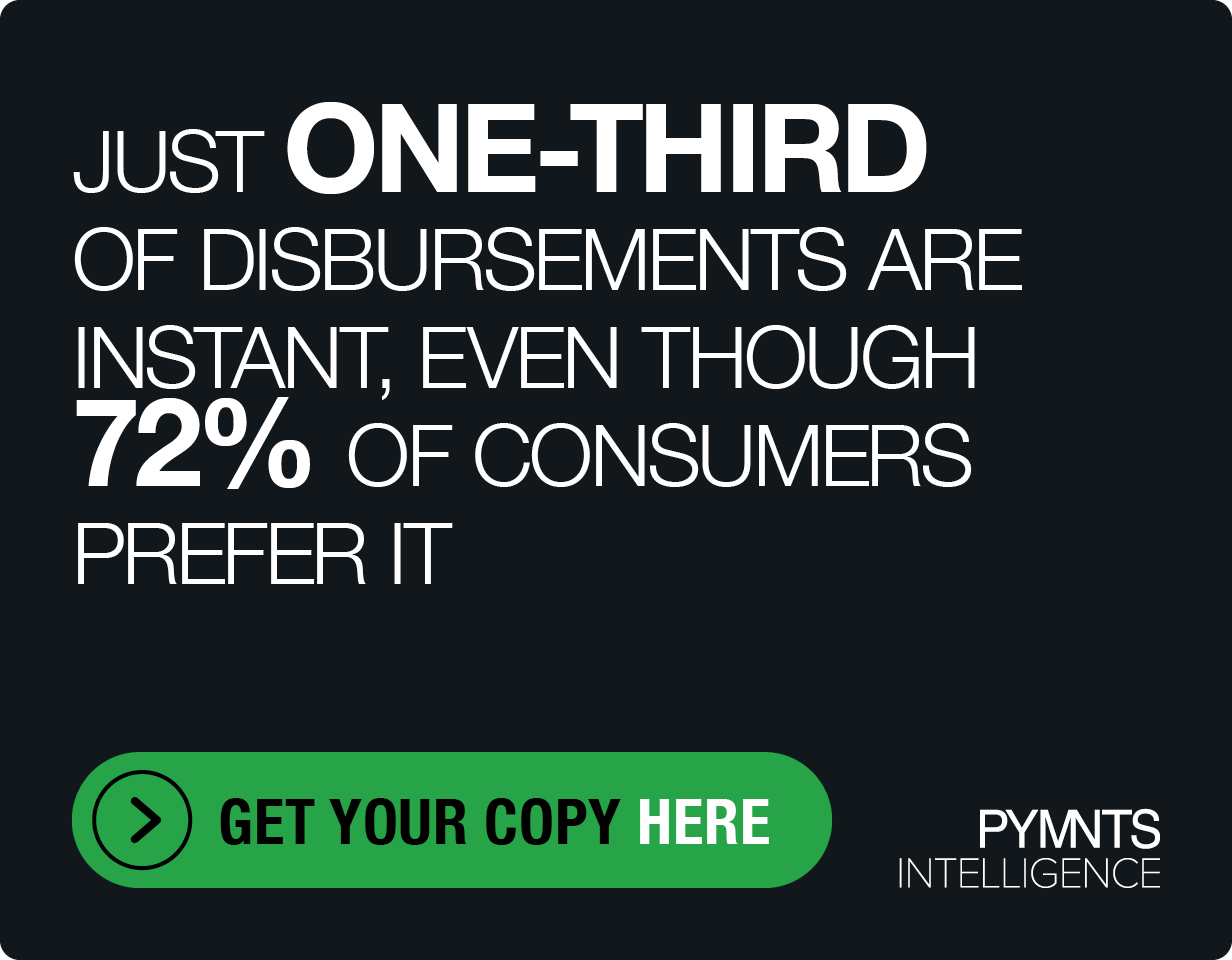Final-Mile Frenzy Has Retailers, Restaurants Vying For Same Delivery Providers

When DoorDash announced it was teaming up with two partners to bring rapid, on-demand COVID test kits to consumers’ homes, it marked the latest example of a delivery service expanding beyond its food-based roots. But it also highlights the growing strain that is building within the delivery industry at a time when seemingly every business and product is offering same-day — or faster — delivery to win business, but while outsourcing the final-mile details to somebody else.
As it stands, DoorDash has grown into a $45 billion publicly traded behemoth in just eight years, and already refers to itself as “the nation’s leading on-demand local logistics platform” rather than its own origins as a delivery service.
Although food is still its primary business, the COVID test venture will likely not be the last foray that DoorDash — and other final-mile players — makes into new verticals. In fact, its slogan — “Restaurants and more, delivered to your door” — already reflects that.
Keeping up With Demand
Notably, the latest DoorDash deal came on the very same day that the Amazon-backed food delivery service Deliveroo pegged its upcoming IPO valuation at $12 billion. It was a move that not only reflected a 50 percent increase in the value of the money-losing venture in less than a month, but one that underscored the need to have “troops on the ground” that are ready to go the final mile, whether they’re carrying french fries on a bicycle or time-sensitive vaccines in a temperature-controlled pouch.
In the eyes of would-be investors — as well as potential business partners that want to get their goods delivered in the 12 Asian, European and Middle Eastern countries where Deliveroo currently does business — the value of managing a fleet of contracted bicycle couriers is proof as to where this business is headed.
To be sure, there is plenty of competition. In fact, Deliveroo is currently ranked behind players like Uber Eats and Just Eat Takeaway.com, which itself acquired GrubHub last summer to gain a toehold in the U.S.
The Delivery Economy
It’s not just the foot soldiers and platform operators that are riding this wave: Support businesses are also capitalizing on the delivery frenzy. Earlier this month, for example, California-based URB-E announced it had landed $5 million of seed money to help scale its high-tech delivery container business, which replaces trucks with bike-pulled carts in congested urban areas.
“URB-E’s roll-on-roll-off containers replace an entire delivery van, reducing emissions by 100 percent and increasing delivery efficiency by two to three times,” the company said in a statement. “The containers, designed by a [former Porsche and Fisker] engineer, save a massive amount of space in crowded urban environments, with 20 folded containers fitting into a single parking space.”
Although an estimated 82 percent of the U.S. population lives in cities or urban environments, the requirements to deliver to outlying areas or even across the country require much more powerful equipment. That has seen the industry’s leading player, Amazon, launch its own fleet of vans and drivers, as well as its trials with drones and the recent purchase of mothballed jets to beef up its air cargo capability.
Pinch Points
While DoorDash was announcing its expansion into COVID tests, Reuters was reporting on its drivers’ dissatisfaction with long wait times and low tips from its tie-up with Walmart. The glitch not only points to a problem on the delivery side, but more so threatens the nascent Walmart+ delivery business that is critical to the box store retailer’s plans to compete with Amazon.
Against this backdrop, the U.S. Postal Service and its embattled Postmaster General Louis DeJoy are set to unveil the agency’s new 10-year plan this week, which is expected to include a range of cost cuts and efficiency initiatives aimed at turning around the money-losing government service.
According to published reports, while the rest of the industry is accelerating delivery times, the post office’s plan could see it heading in the opposite direction. If true, the outcome would only increase demand in the market for private providers of “on-demand local logistics,” or what used to simply be called “delivery service.”
